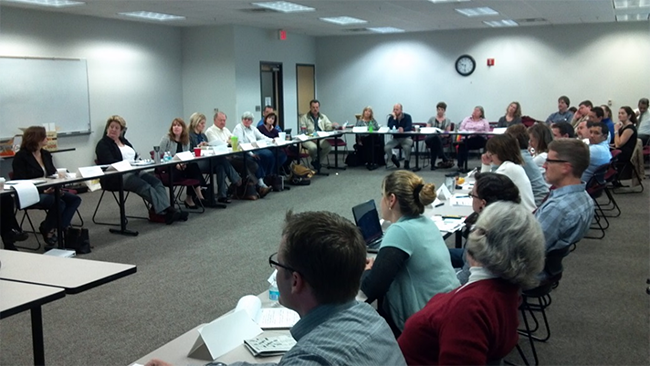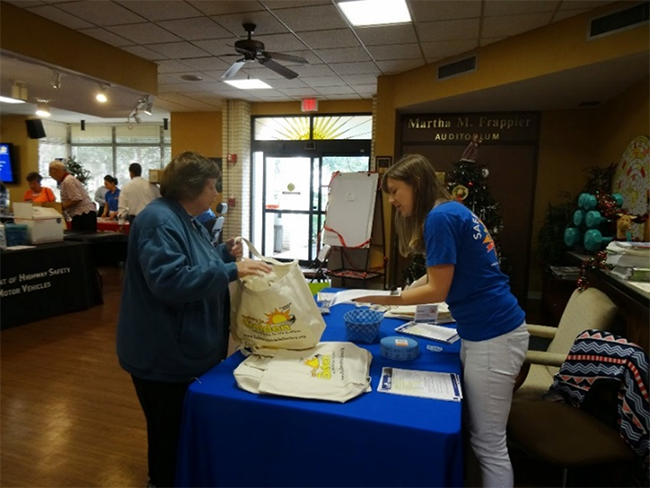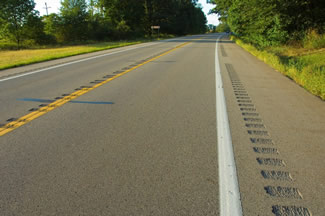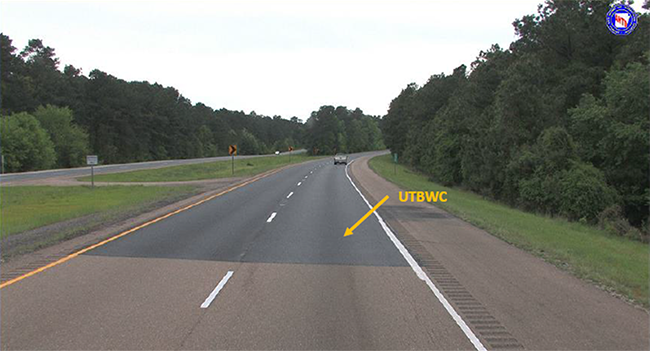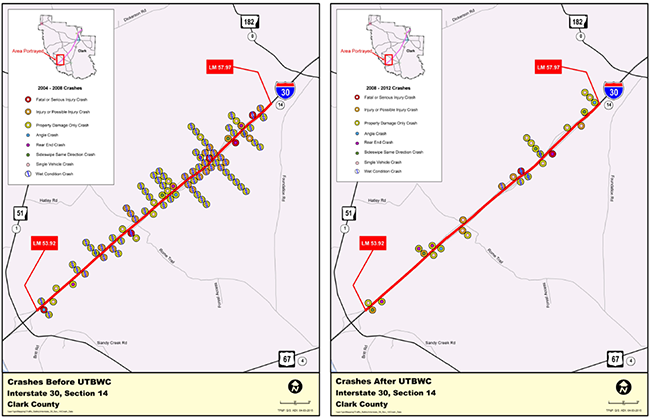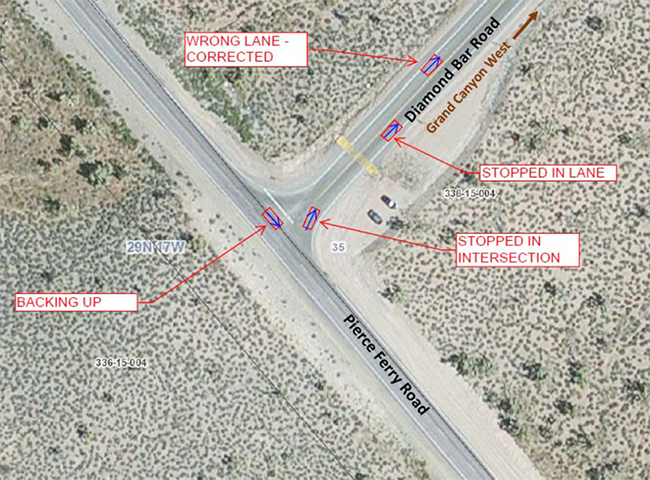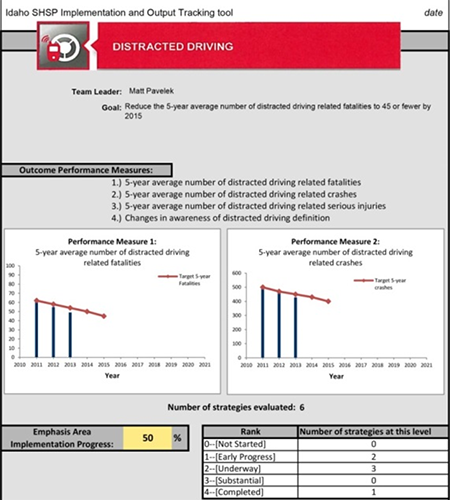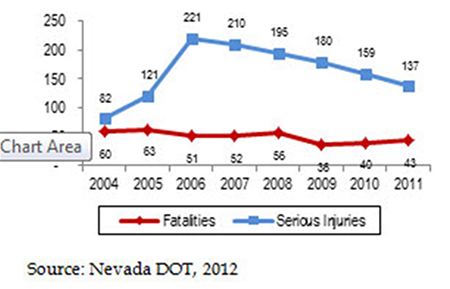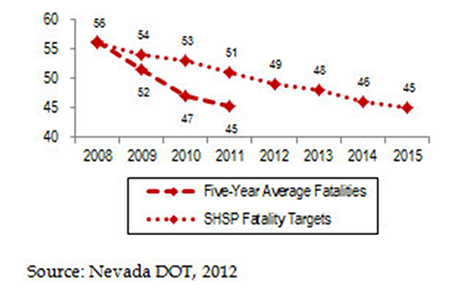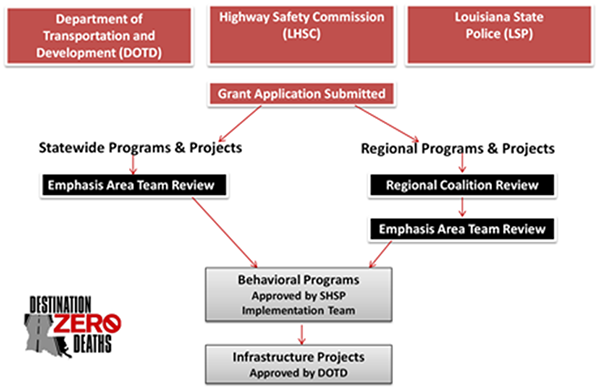Illinois Safety Portal Makes Key Data Easily Available to Safety Stakeholders
Describe the roadway safety situation or state before the new practice was implemented. What was the safety issue, problem, or gap?
For years, Illinois county engineers wanted access to crash reports for their studies. State legislation was changed to include local governmental agencies, but they still had to sign an inter-governmental agreement with the Illinois Department of Transportation (IDOT) to receive the reports.
What were the key challenges that needed to be addressed before the new practice could be implemented?
The existing legislation 625 ILCS 5/11-408 of the Illinois Vehicle Code states:
“Upon request, the Department (IDOT) shall furnish copies of its written accident reports to Federal, State, and local agencies that are engaged in highway safety research and studies. The reports shall be for the privileged use of the Federal, State, and local agencies receiving the reports and shall be held confidential.”
As a result, the inter-governmental agreement was required to access the data.
Describe the new practice.
The Safety Portal was developed and launched in August 2014 to allow Illinois local government entities to view their crash reports. This project includes various tools that provide crash report(s) search capabilities, Geographic Information Systems (GIS) mapping for identified crash reports, on-line training materials for law enforcement agencies, and predefined crash data summary reports. The target end users for the Safety Portal include IDOT staff; National Highway Traffic Safety Administration (NHTSA) representatives; Federal Highway Administration (FHWA) representatives; Federal Motor Carrier Safety Administration (FMCSA) representatives; Illinois County Engineers and staff; Metropolitan Planning Organizations in Illinois; and state, county, and local law enforcement agencies.
The Safety Portal is one place all these entities can now view Illinois crash reports and data summaries without signing agreements with IDOT. End users do, however, have to agree to comply with a Confidentiality Statement before they can gain access to the Safety Portal. For end users to gain access to the Safety Portal, they must be approved by a “Vetter.” Vetters are people who have the authority to approve individuals from their respective agencies/jurisdictions for access into the Safety Portal.
List the key accomplishments that resulted from the new practice. Include the roadway safety improvements.
- As of the beginning of calendar year 2015, IDOT had received 599 Vetter Registration forms from law enforcement agencies, county highway departments, IDOT, FHWA, and FMCSA.
- A total of 520 users were registered and approved for access to the Safety Portal. Of those, 85 are with IDOT, 351 are with law enforcement agencies, 81 are with county engineers, 2 are from the FHWA, and 1 is from the FMCSA.
- As of April 3, 2015, there are 869 registered end users. This number continues to climb each week.
What technical and/or institutional changes resulted from the new practice?
The Safety Portal allows users to obtain important crash information. The tool eliminated the need for agencies to sign inter-governmental agreements.
What benefits were realized as a result of the practice?
- The former Chairman of the County Engineers Safety Committee indicated their membership feels the Safety Portal is an excellent tool that advances their ability to access critical data and crash reports for their counties. They are excited to have all 102 of their Association members registered, along with their respective staff.
- IDOT has also received feedback from local Chiefs of Police indicating this tool will be invaluable for their search of historical records. One Chief commented that now he will not have to dig through old filing cabinets to find crash reports from three to five years ago, instead he has simple access to them through the Safety Portal.
Contact
Jessica Keldermans
DTS—Bureau of Safety Data & Data Services
Bureau Chief
(217) 785-3062
Jessica.Keldermans@illinois.gov
www.idot.illinois.gov



